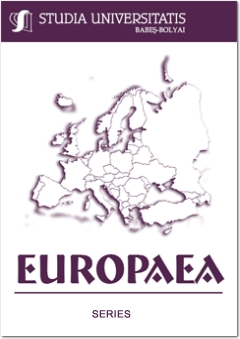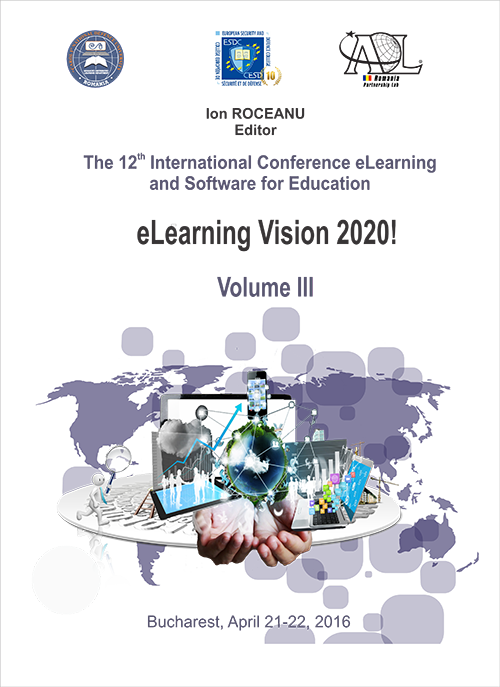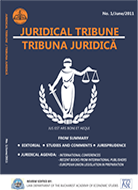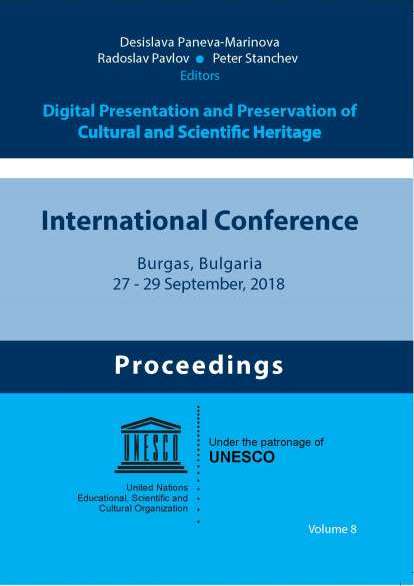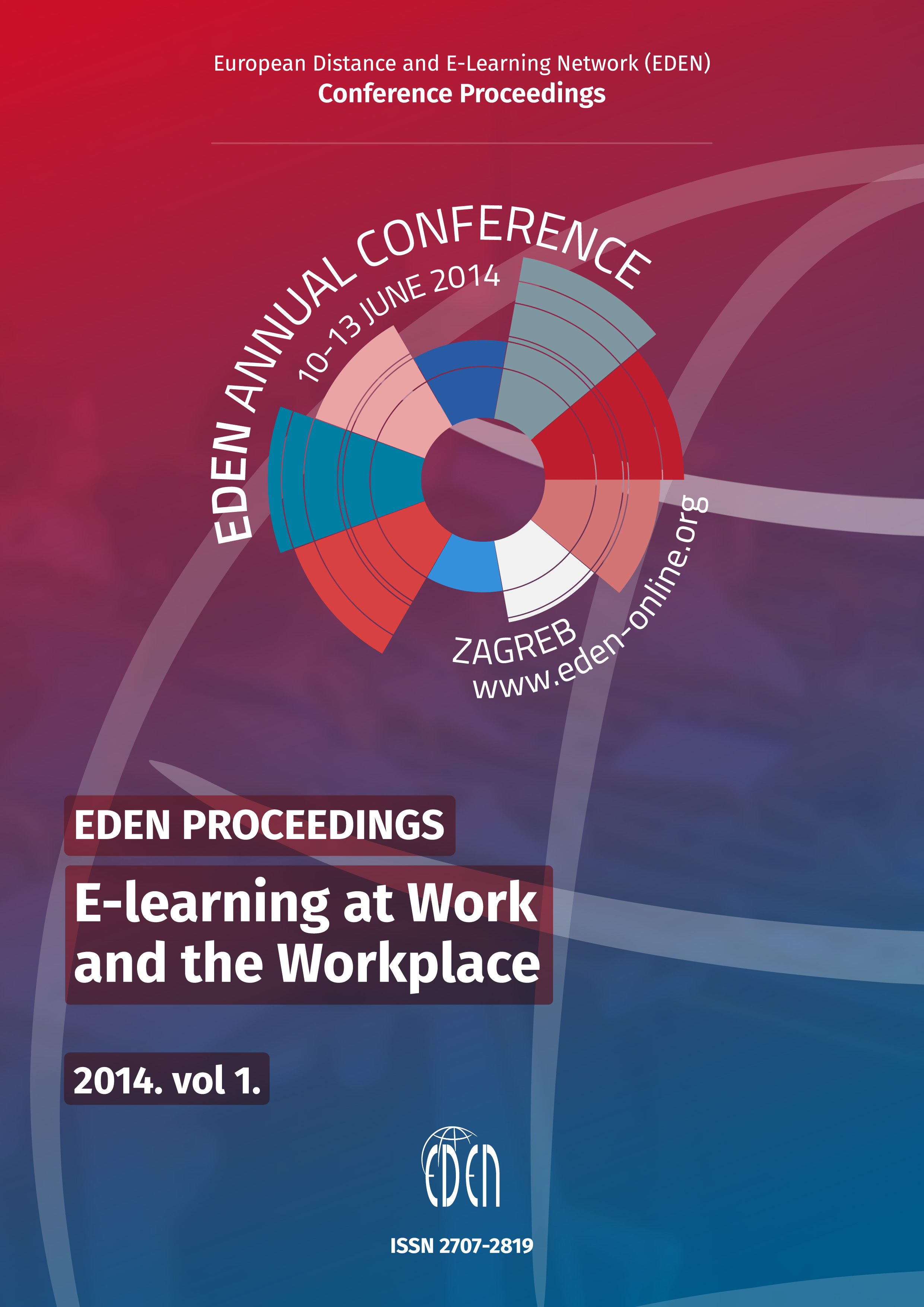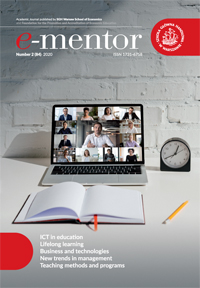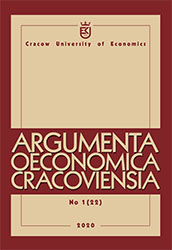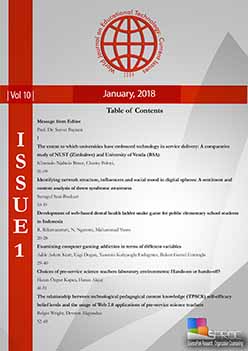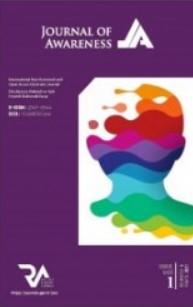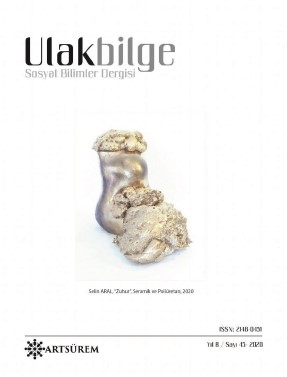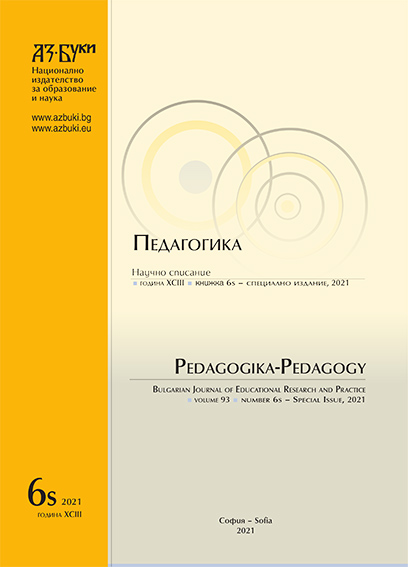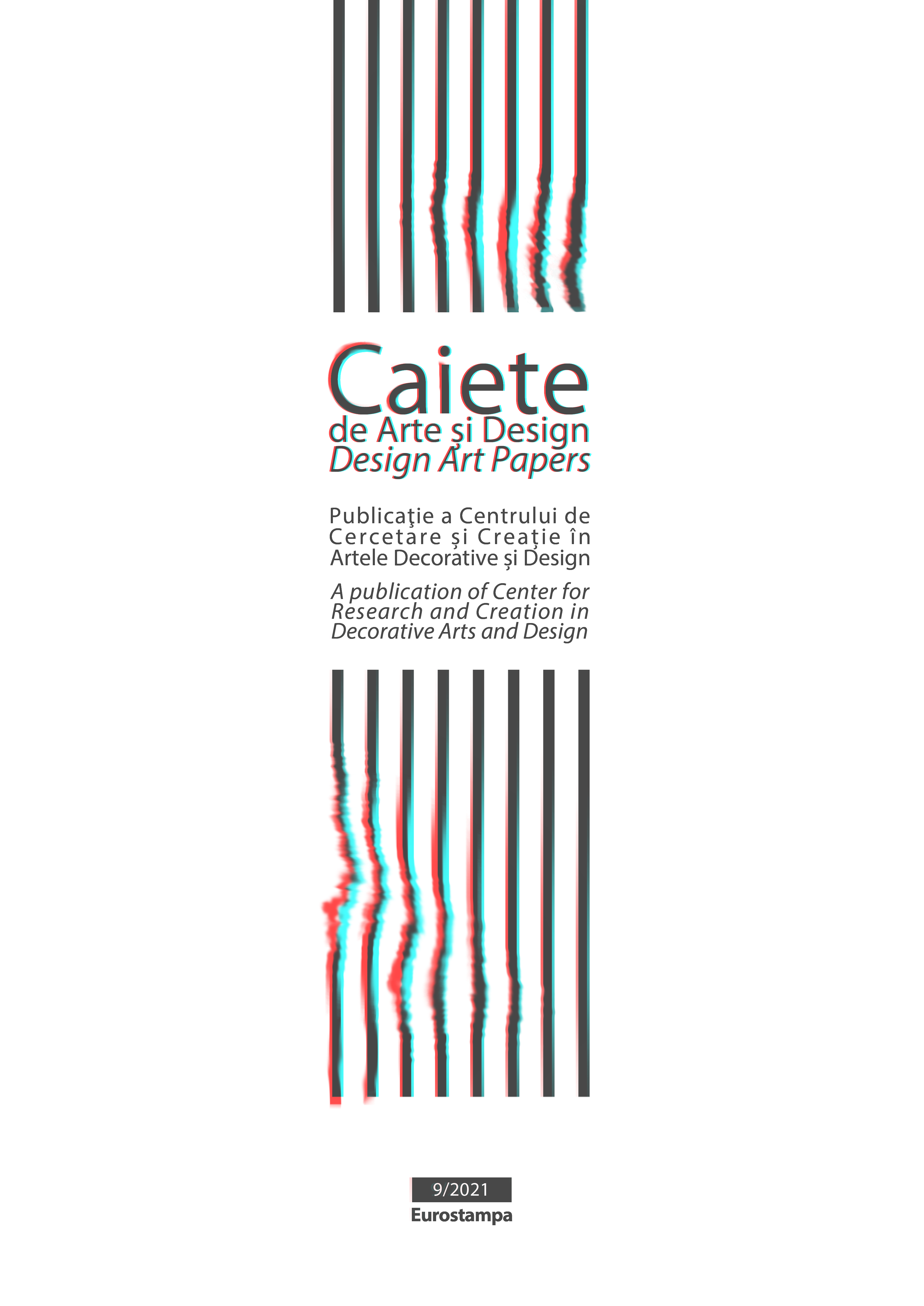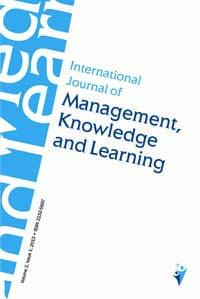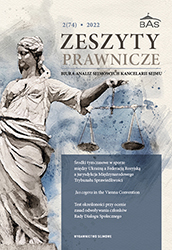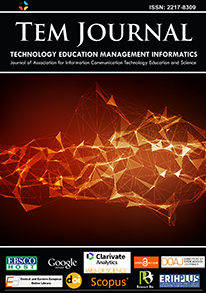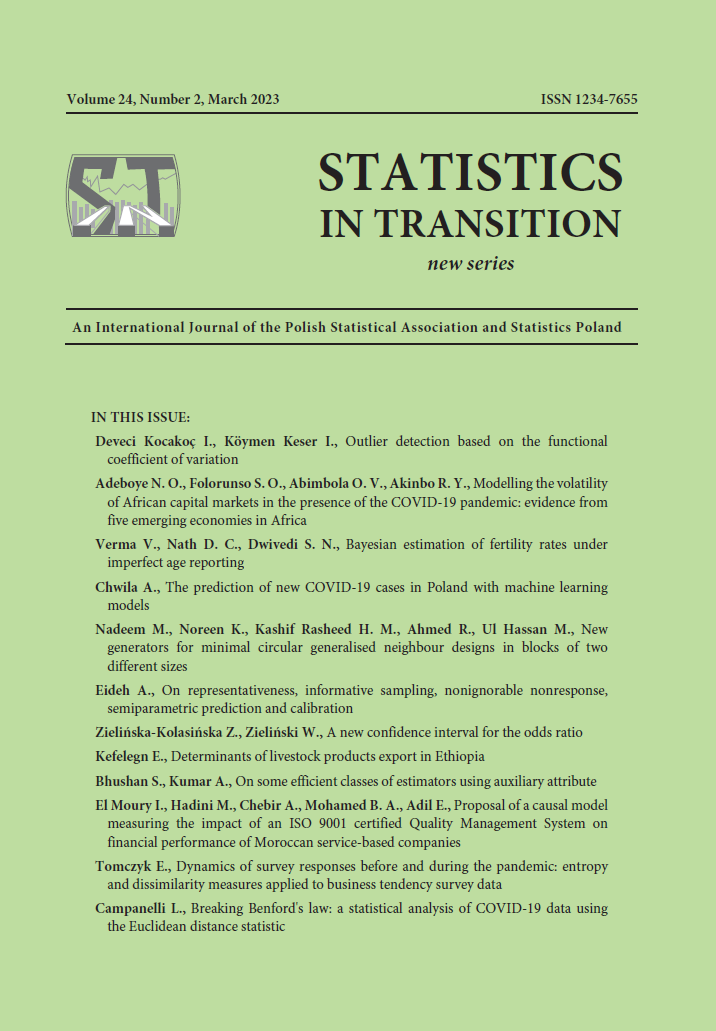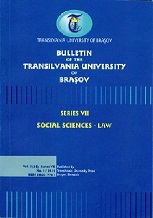
Tailoring Instruction according to Students’ Learning Styles
Tailoring Instruction according to Students’ Learning Styles
Keywords: learning-styles-based instruction; teaching strategies; academic achievement
The present study represents a continuation of a previous research in which we investigated the categories of teaching strategies that lead to the best academic achievement for students with specific learning styles. Based on the results obtained, we implemented an experimental investigation in order to determine the effects of learning-style-based instruction on the students’ academic achievement. A sample of 66 participants was divided into an experimental group (N=34) and a control group (N=32). After the one-semester intervention, significant differences in academic achievement occurred at the level of the within subject design.
More...
